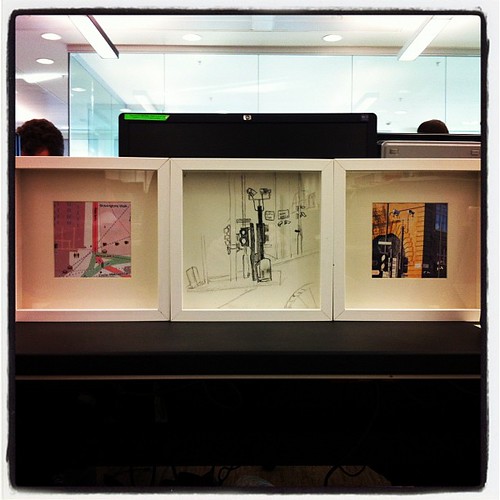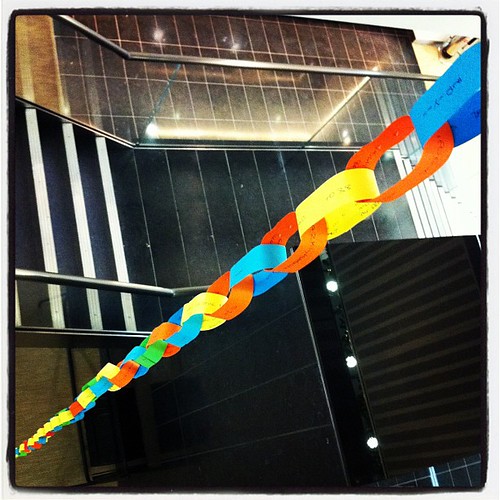An awful lot of us live lives wrapped in infrastructure, its what keeps many parts of the world functioning in a modern way.
A number of people have started writing, producing work that attempts to examine this infrastructure with the same critical eye that we cast over other components of our lives and the development of such a critical thinking framework is rapidly and increasingly becoming vital as the new infrastructure of the digital, communications network increasingly affects so many aspect of our lives.
Yet this infrastructure is increasingly invisible, from the fact that it uses electromagnetic radiation to transmit information through to the strategic agendas of corporations who wish to mask the underlying operational methods behind their productised solutions to modern life.
‘It Just Works’ being the mantra from Apple and you as the user of the apple product, do not have to understand how it works, just know that it does. Except that often it doesn’t or doesn’t quite and you won’t know why.
@thejaymo is concept curator at @stacktivism and Paul Graham Raven has created ‘Infrastructure Fiction‘.
Vinay Gupta (@leashless) has created Simple Critical Infrastructure Maps and written extensively on the infrastructure that keeps us alive.
We want to create an open access journal to disseminate the new ideas and thinking in this space. This is a blog post on starting the process and I will keep these going until we have one up and running or have decided that the area is already well served.
To this end we need to:
1. Check the landscape, what are the existing journals on infrastructure (critical or otherwise) and what is their approach? Are they papers on the latest implementation techniques for X technology or are they discussions on the implication of installing such a technology with such and environment and what could be the impact on the population of that environment.
2. Decide a domain to cover, is it about critical infrastructure, or is is critical thinking about infrastructure? Is it urban in scope? What does it encompass and what is outside of its remit?
3. Find a name.
4. Define an editorial process. Who will edit, how will review take place, how often will it publish, will it be online only or print and online?
5. Then launch journal.
(Somewhere in there we will attempt to find funding as well).
Since these discussions are already collaborative, if you have any thoughts on scope or ideas or name or anything, then please take part.


